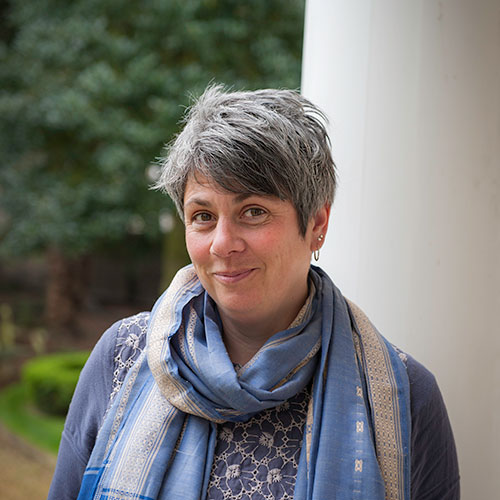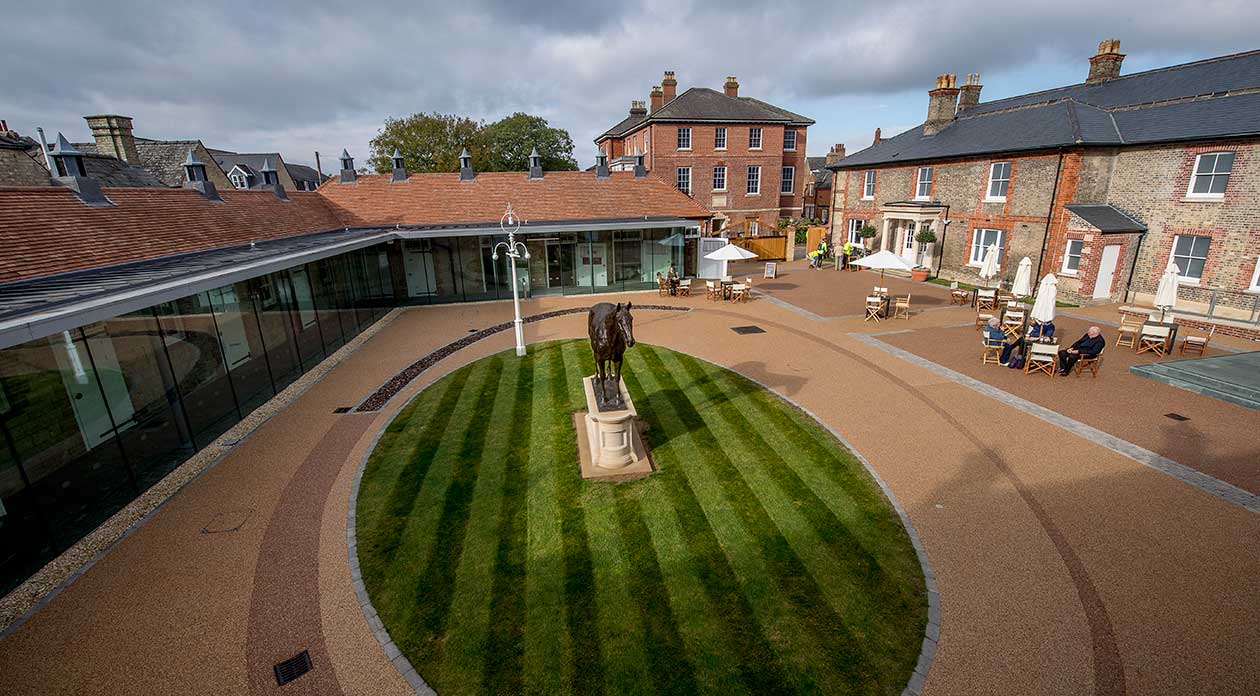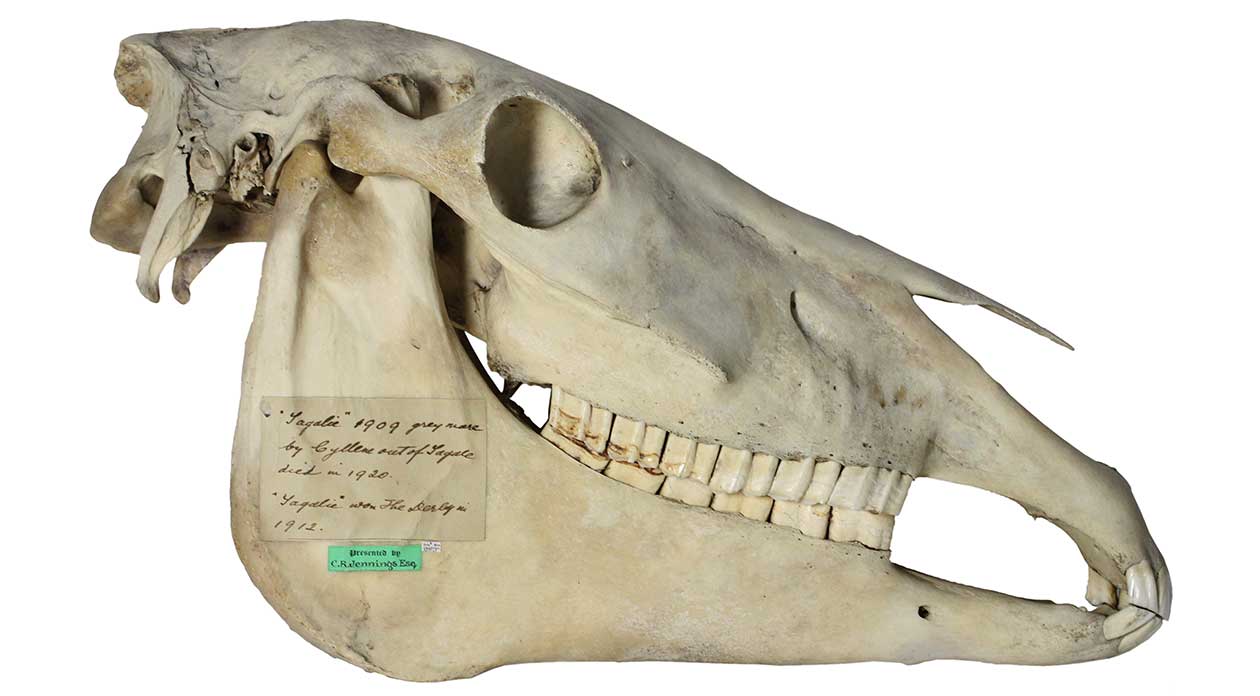With the University of Cambridge Museums’ near neighbour, the National Heritage Centre for Horseracing and Sporting Art, nominated for a national museum award, Liz Hide reflects on how this demonstrates the benefits of museums working in partnership across the region.
The Art Fund Museum of the Year award is one of the highlights of the museum year, providing a high-profile opportunity to recognise and champion the work of museums of all shapes and sizes. Some museums are nominated for their exceptional learning and outreach programmes, others because of the impact of major redevelopments on visitors and collections. Our own Museum of Archaeology and Anthropology was nominated in 2013 in recognition of the transformative redevelopment of its ground floor entrance and galleries.
So it is with some delight that we find that one of our near museum neighbours, Palace House: the National Heritage Centre for Horseracing and Sporting Art in Newmarket is one of five nominees for the 2017 award. What’s more, this is the first time in the prize’s fourteen year history that a sporting museum has been nominated. Palace House has recently reopened following a substantial development project, putting the art, science and culture of horseracing right into the heart of the community in its home town.
The East of England has a strong and effective network of museum support, and we in the University of Cambridge Museums work regularly with colleagues from museums across the region, including Palace House. Conservation and collections care is one area of work where this sharing is particularly well developed, with our regional conservator having provided advice and training in the early stages of the redevelopment. Development of new displays at Palace House provided the opportunity for the loan of a number of objects from the University of Cambridge Museums’ collections to complement the displays of objects from Palace House’s own wide-ranging collections. The Museum of Zoology loaned a cast of the skull of Hyracotherium, a dog-sized fossil horse which dates back 50 million years. The science gallery at Newmarket also includes number of pieces of horse bone and teeth from the Sedgwick Museum, including this skull of Tagalie, winner of the 1912 Derby (we can only speculate what intriguing chain of events led to this being donated to a Museum of Earth Sciences in the first place). Elsewhere in Palace House visitors can see a painting by James Wootton, ‘A race on the Round Course at Newmarket’ from the collections of the Fitzwilliam Museum, as well as sporting trophies and guns.
One of the key reasons for working in partnership across the region is the opportunity it brings for visitors, in particular in encouraging and enabling people to experience more of the wide range of museums in our region. The University of Cambridge Museums’ Summer at the Museums programme promotes family activities in museums right across our region. This year, we are delighted that Palace House will be part of this offer, and look forward to encouraging visitors from Cambridge to travel to Newmarket to discover it for themselves.
You can find out more about Palace House’s nomination on the Art Fund and Palace House websites. ITV racing has produced this short film which highlights some of the loaned objects. Support their nomination (and be in with a chance of winning a Lifetime National Art Pass & goodie bag) by tweeting @palacehouse_nkt with the hashtag #MuseumoftheYear









